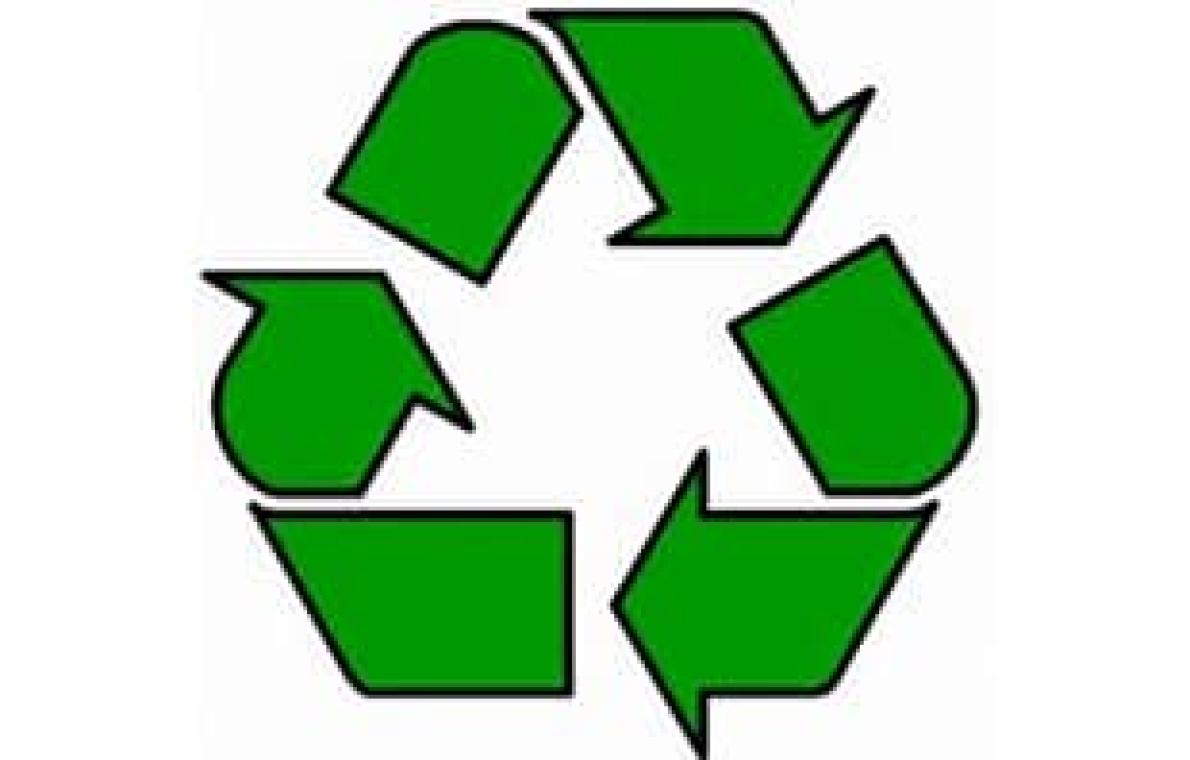Responsible Packaging for Ice Cream Products
 Introduction
Introduction
The Packaging and Packaging Waste Regulation (PPWR), recently adopted as part of the Green Deal’s push toward a circular economy, represents a pivotal step in the EU’s approach to environmental sustainability.
By replacing the Packaging and Packaging Waste Directive, the new regulation harmonises national measures further - strengthening the internal market - with rules that cover the entire packaging life cycle – from product design to waste handling.
For decades, ice cream manufacturers across Europe have embraced the principles of environmental stewardship, embedding sustainability into their packaging strategies, and are proud to continue contributing to a more sustainable and competitive packaging economy.
Alignment with the PPWR Objectives
The PPWR sets ambitious targets for reuse, recyclability, and the reduction of packaging waste, among other things.
Ice cream is a product that requires careful handling—packaging must ensure food safety, maintain cold chain integrity below -18⁰C, and preserve texture and flavour. Despite these technical challenges, the industry has consistently sought to reduce its environmental footprint.
Over the past 3 decades, many manufacturers have reduced fossil-based plastics and integrated bio-based or recycled materials.
New packaging formats have been used across the sector, to optimize recyclability. For example, one member focussed on reducing the empty space under the lids of their soft ice cups, and other members have optimized the weight and dimensions of their packaging as much as possible, while still ensuring safe storage and protection of the product from damage.
Many members, including brands and private labels alike, have reduced or eliminated unnecessary secondary packaging, whilst others have reduced the weight and thickness of their primary packaging.
Across the membership, manufacturers removed difficult to recycle plastics from their portfolios, e.g. removing Polystyrene with easier to recyclable alternatives and replacing plastic sticks and spoons, while for others, phasing out polystyrene remains one of their sustainability goals. These efforts reflect an industry-wide commitment to sustainability.
We also acknowledge that the Regulation poses some challenges, which we are currently addressing. We are also cooperating with trade bodies in the packaging industry to better understand the impacts of specific articles of the legislation, such as the impact of Designing for recyclability (DfR) on our flexible ice cream stick wrappers.
Additionally, we are providing our business perspective to various legislative initiatives, such as the European Commission’s Joint Research Centre (JRC) stakeholder consultation on the EU harmonised waste sorting label.
Therefore, we welcome the opportunity to continue working with the European Commission, Member States authorities and supply chain partners to support effective implementation of the PPWR and advance the EU’s sustainability objectives.
Conclusion
The European ice cream industry has long recognized its responsibility toward the environment and has embraced sustainable packaging as a shared value.
With PPWR setting a clear path for the future of packaging in Europe, the ice cream industry is building on its existing values and sustainability efforts to meet the new requirements, showing that indulgence and integrity can go hand in hand.
